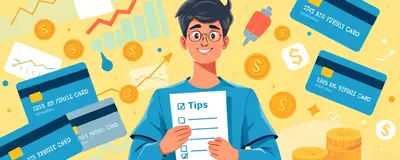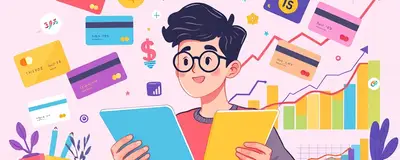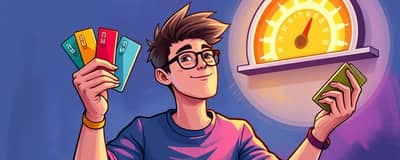Hidden Credit Card Charges: What the Banks Don't Want You to Know
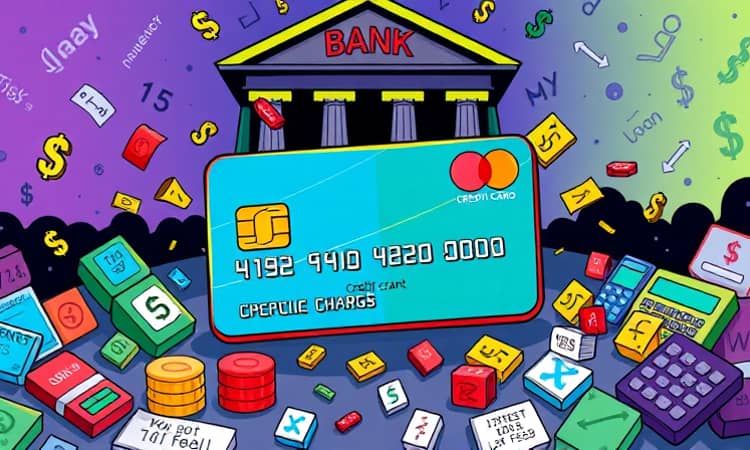
Credit cards offer convenience and financial flexibility, but they can also come with a surprising number of hidden charges. Many users become unintentional victims of high interest rates and various fees, which can significantly impact their personal finances. Understanding these hidden charges is crucial for consumers to manage their credit effectively and avoid unnecessary costs. This guide delves into the intricacies of credit card charges that banks often do not highlight, empowering users to make informed financial decisions.
In this article, we will explore the various types of hidden credit card charges, uncover why they might be concealed, and provide practical tips for avoiding these pitfalls. By arming yourself with knowledge, you can take full advantage of your credit card while minimizing unexpected expenses. Let's dive deeper into the world of credit card charges.
Understanding Credit Card Charges

Credit cards can seem like a double-edged sword; while they offer benefits like rewards and convenience, they also come with complex fee structures. Unpacking these charges can be daunting, as many consumers may not fully understand the implications of interest rates, fees, and other charges associated with their cards.
It's essential to grasp how credit card transactions work and how various fees can accumulate. A clear understanding can help you avoid possible financial pitfalls and use your credit wisely.
- Annual fees that can sneak up on you, especially during the renewal period.
- Late payment fees that can significantly increase your total debt if you're not careful.
- Foreign transaction fees that can surprise international travelers upon their return.
Understanding these basic concepts will help you stay aware of the potential charges that could arise from using your credit card. Knowledge truly is power when it comes to managing your debts and expenses.
The Most Common Hidden Credit Card Charges

Despite the best efforts to disclose information, some credit card charges remain hidden in the fine print. Many consumers overlook these charges, leading to unexpected costs that can accumulate over time. For instance, cash advance fees and over-limit fees are examples of charges that may not be immediately apparent or easily understood.
Furthermore, some credit cards come with promotional rates that transition to higher rates after a short period. Knowing these hidden charges upfront can save consumers from rude surprises and promote more informed financial choices.
- Cash advance fees that can range from a flat fee to a percentage of the amount withdrawn.
- Balance transfer fees that can add to your debt when moving balances between cards.
- Over-limit fees incurred when spending beyond your credit limit, even briefly.
These hidden charges can add up quickly, especially if you're not monitoring your spending closely. Being vigilant about these charges is essential for maintaining a healthy financial life.
Why Do Banks Hide These Charges?
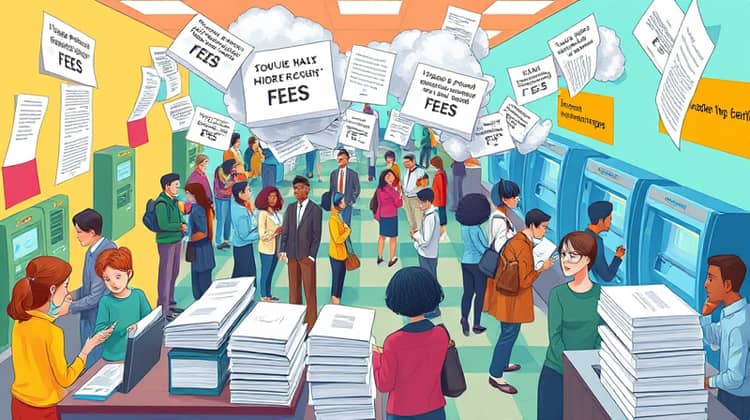
The practice of hiding charges might seem deceptive, yet banks and credit card companies often justify it as standard industry practice. By using complex jargon and fine print, they enable themselves to maintain profit margins that rely on users not reading all terms and conditions carefully.
Furthermore, banks may assume that consumers are aware of potential charges, especially if they are marketed as optional fees. This can create a paradox where consumers feel misled but also responsible for understanding the intricacies of their agreements with banks.
As a result, the onus falls on the consumer to read the fine print and ask questions before signing up for a credit card. Many individuals are unaware of the total cost of credit card ownership, leading to a lack of scrutiny where charges go unchecked.
Tips to Avoid Hidden Credit Card Charges

Avoiding hidden charges is possible with vigilance and proactive management of your credit card. One of the first steps is to meticulously read the terms and conditions before accepting any credit card offers.
Additionally, always keep an eye on your statements and be aware of your spending patterns. Familiarity with all terms will allow you to understand what is considered a legitimate charge versus a hidden one.
- Always read the fine print—especially regarding fees and charges that might apply.
- Set up alerts for payments or potential over-limit warnings that can prevent fees.
- Consider choosing credit cards with no annual fees or low-interest rates to minimize overall costs.
Making these practices a part of your credit card usage can significantly reduce the chances of falling prey to hidden charges. Informed consumers are empowered to make better financial decisions.
When Is It Time to Switch Credit Cards?

Determining when to switch credit cards can be as crucial as understanding what's on your current card. If you consistently face hidden charges or high-interest rates, it may be time to explore better options that align more closely with your financial habits.
Additionally, if your spending patterns shift, it may merit a reevaluation of your credit card choice. Recognizing when your card no longer serves your financial goals is essential for maintaining economic health.
Conclusion

In the world of credit cards, hidden charges can become a significant burden if not understood properly. Consumers must take the initiative to educate themselves about every aspect of their credit card agreements to avoid unexpected costs and make informed choices. Financial awareness is vital.
By identifying common hidden charges, understanding why they exist, and knowing when to switch cards, you can regain control over your finances. The goal is not just to use credit wisely but to thrive financially in an environment that often works against the average consumer.

